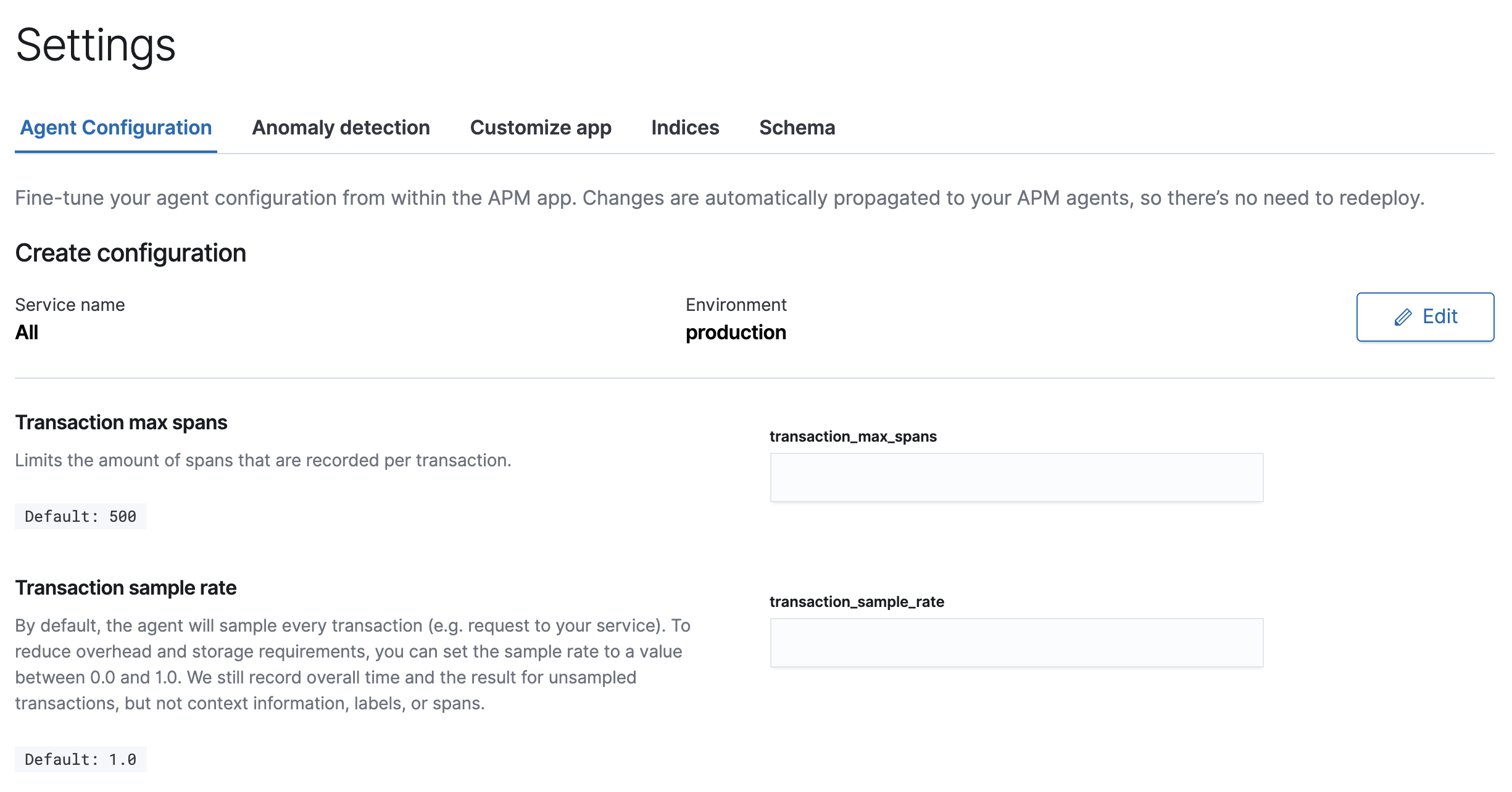- Kibana Guide: other versions:
- What is Kibana?
- What’s new in 7.15
- Kibana concepts
- Quick start
- Set up
- Install Kibana
- Configure Kibana
- Alerting and action settings
- APM settings
- Banners settings
- Development tools settings
- Graph settings
- Fleet settings
- i18n settings
- Logging settings
- Logs settings
- Metrics settings
- Machine learning settings
- Monitoring settings
- Reporting settings
- Secure settings
- Search sessions settings
- Security settings
- Spaces settings
- Task Manager settings
- Telemetry settings
- URL drilldown settings
- Start and stop Kibana
- Access Kibana
- Securing access to Kibana
- Add data
- Upgrade Kibana
- Configure security
- Configure reporting
- Configure monitoring
- Production considerations
- Discover
- Dashboard and visualizations
- Canvas
- Maps
- Build a map to compare metrics by country or region
- Track, visualize, and alert on assets in real time
- Map custom regions with reverse geocoding
- Heat map layer
- Tile layer
- Vector layer
- Plot big data
- Search geographic data
- Configure map settings
- Connect to Elastic Maps Service
- Import geospatial data
- Troubleshoot
- Reporting and sharing
- Machine learning
- Graph
- Alerting
- Observability
- APM
- Security
- Dev Tools
- Fleet
- Osquery
- Stack Monitoring
- Stack Management
- REST API
- Get features API
- Kibana spaces APIs
- Kibana role management APIs
- User session management APIs
- Saved objects APIs
- Index patterns APIs
- Alerting APIs
- Action and connector APIs
- Import and export dashboard APIs
- Logstash configuration management APIs
- Shorten URL
- Get Task Manager health
- Upgrade assistant APIs
- Kibana plugins
- Accessibility
- Release notes
- Developer guide
APM Agent central configuration
editAPM Agent central configuration
editAPM Agent configuration allows you to fine-tune your agent configuration from within the APM app. Changes are automatically propagated to your APM agents, so there’s no need to redeploy.
To get started, choose the services and environments you wish to configure. The APM app will let you know when your agents have applied your configurations.

Precedence
editConfigurations set from the APM app take precedence over configurations set locally in each Agent. However, if APM Server is slow to respond, is offline, reports an error, etc., APM agents will use local defaults until they’re able to update the configuration. For this reason, it is still essential to set custom default configurations locally in each of your agents.
APM Server setup
editThis feature requires Kibana endpoint configuration in APM Server.
In addition, if an APM agent is using anonymous authentication to communicate with the APM Server,
the agent’s service name must be included in the apm-server.auth.anonymous.allow_service list.
APM Server acts as a proxy between the agents and Kibana. Kibana communicates any changed settings to APM Server so that your agents only need to poll APM Server to determine which settings have changed.
Supported configurations
editEach Agent has a list of supported configurations. After selecting a Service name and environment in the APM app, a list of all supported configuration options, including descriptions and default values, will be displayed.
Supported configurations are also tagged with the 
|
Go Agent |
|
|
iOS agent |
Not yet supported |
|
Java Agent |
|
|
.NET Agent |
|
|
Node.js Agent |
|
|
PHP Agent |
|
|
Python Agent |
|
|
Ruby Agent |
|
|
Real User Monitoring (RUM) Agent |